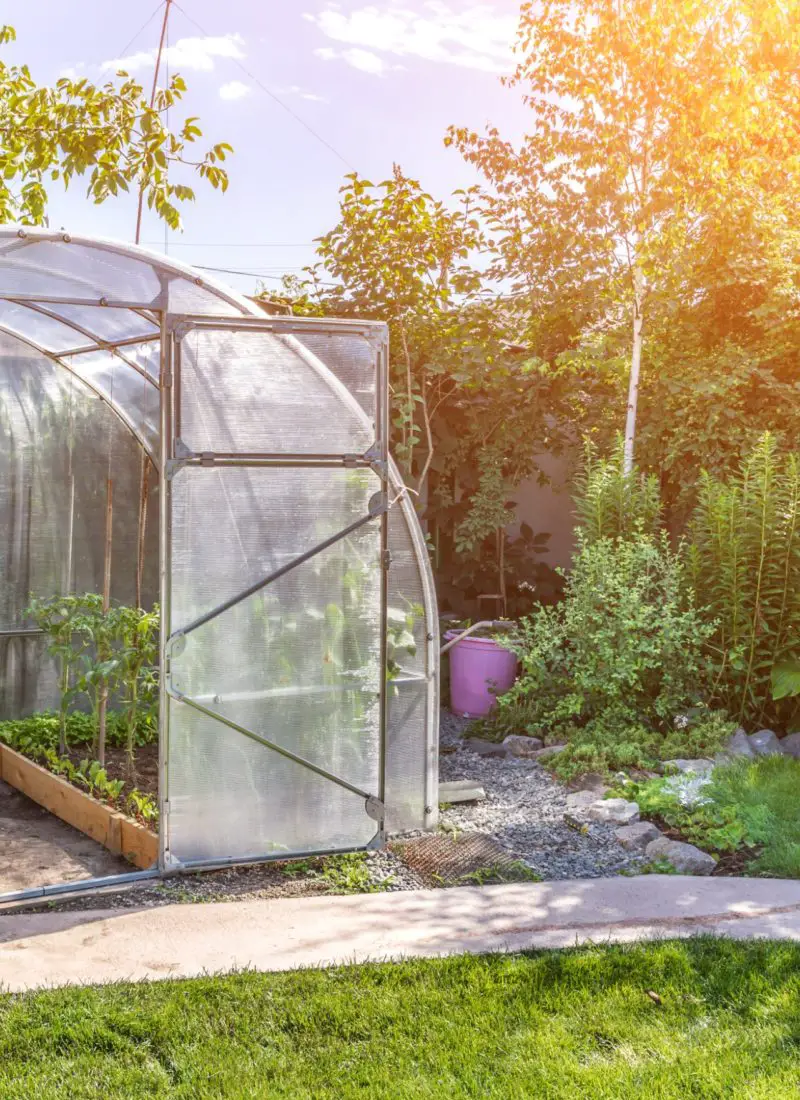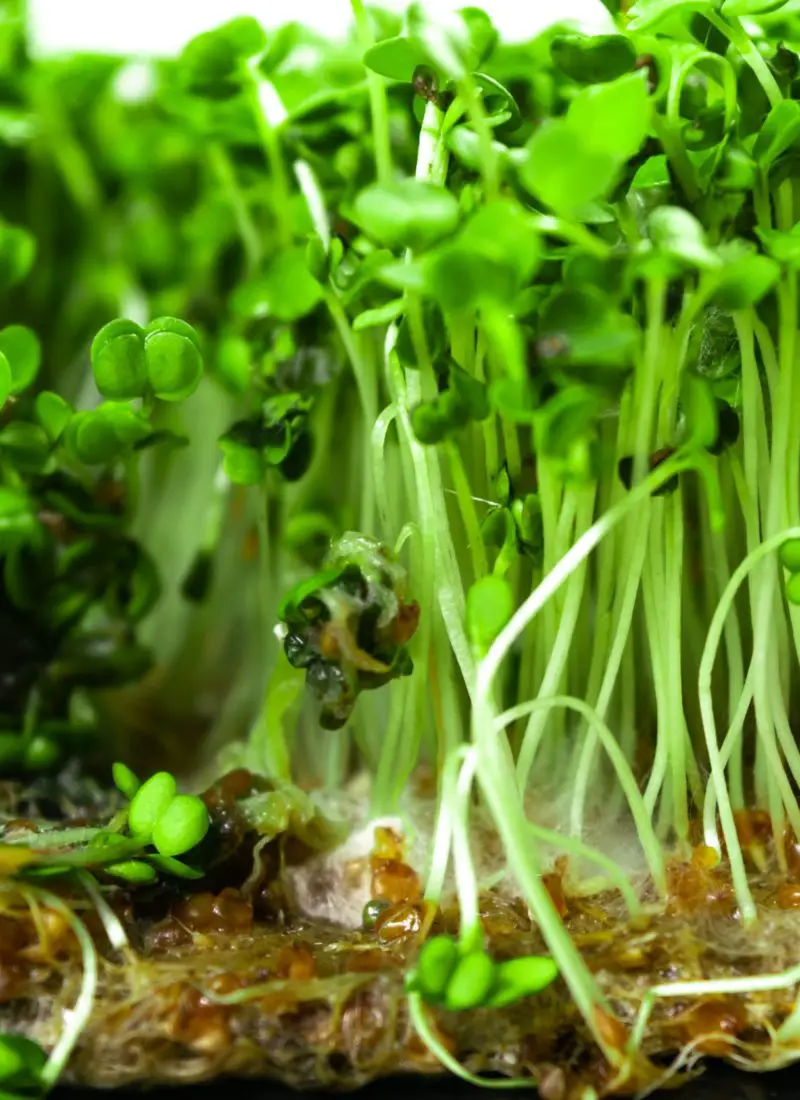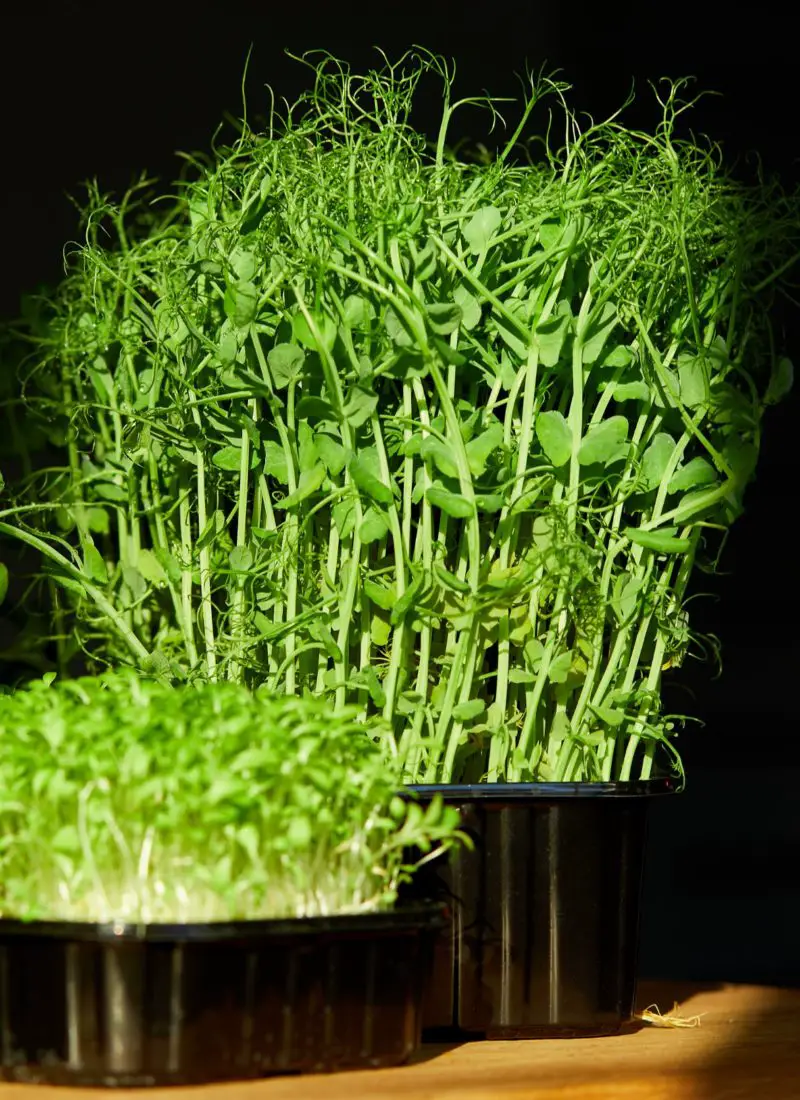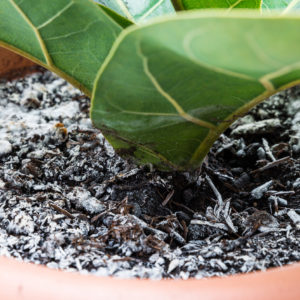
It can be worrying when your prized Fiddle Leaf Fig starts growing a frail and sparsely filled stem with small, unimpressive new leaves. This phenomenon is called etiolation or commonly known as leggy growth. But why did it happen in the first place?
Leggy fiddle leaf figs are a result of inadequate sunlight. The stretched-out growth is the plant’s attempt to reach for more of the nearest light source. Moving the plant to a brighter area and rotating it weekly to get even light exposure will allow the fiddle leaf fig to recover and grow better.
Below, I explain this problem in detail, along with steps on how to fix it:
(As an Amazon Associate, I earn from qualifying purchases.)
Table of contents
Why is my Fiddle Leaf Fig Tall and Really Thin?
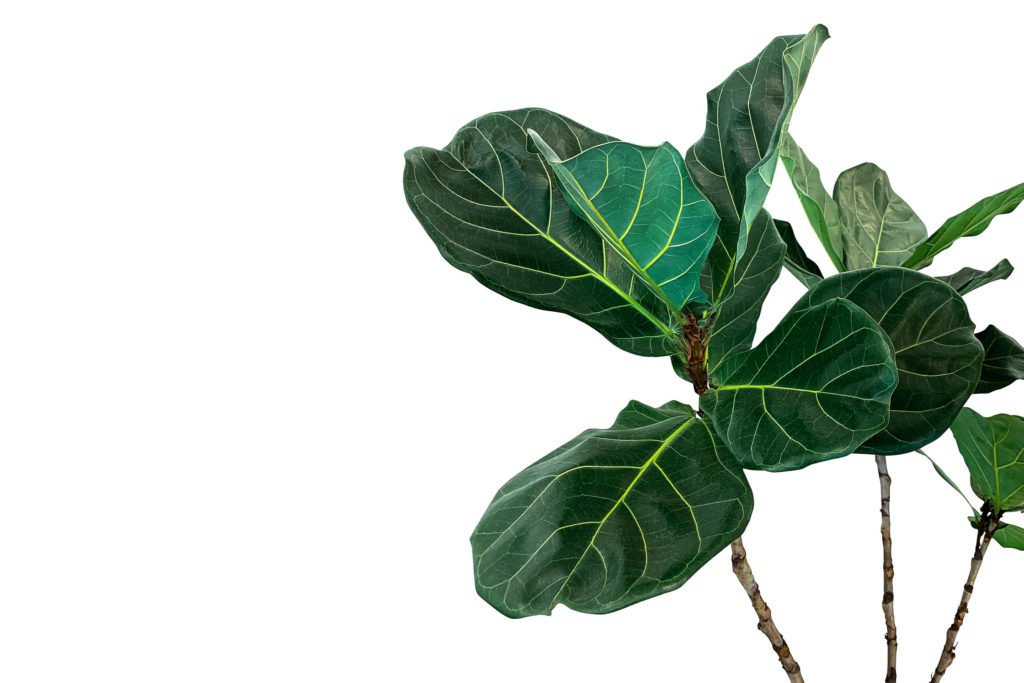
When fiddle leaf figs develop, they grow straight up with a single strong stem and large, luscious leaves to absorb as much sun as possible. There’s usually just one primary stem on the plant. But you can encourage side branches to develop by pruning or notching. You can find the steps to do that in this article here.
However, when the plant is not getting enough sunlight, it’ll put its energy into extending its branch towards the nearest light source. This is why it develops a skinny stem with significant gaps between tiny new leaves. As mentioned in the introduction, this leggy growth is called etiolation. It’s essentially an adaptive mechanism to ensure they do everything they can to grow better.
Lack of sunlight is the most common reason for leggy growth, not just for fiddle leaf figs but for most plants. However, other accompanying factors may also contribute to the unsightly development. These may include insufficient fertilizers, overwatering, rootbound issues, and seasonal changes.
How Do You Make a Fiddle Leaf Fig Less Leggy?

- Trim/prune the leggy branch/stem and remove the small leaves.
This is a case-by-case basis because it largely depends on how extensive the etiolation is. It’s important to note that any fallen leaves won’t regrow, and the stem will not magically get thicker with more foliage once it gets enough sun. And if the branch is too thin, it’ll bend and break when new leaves start developing. In essence, you have three options on how to deal with the leggy growth:
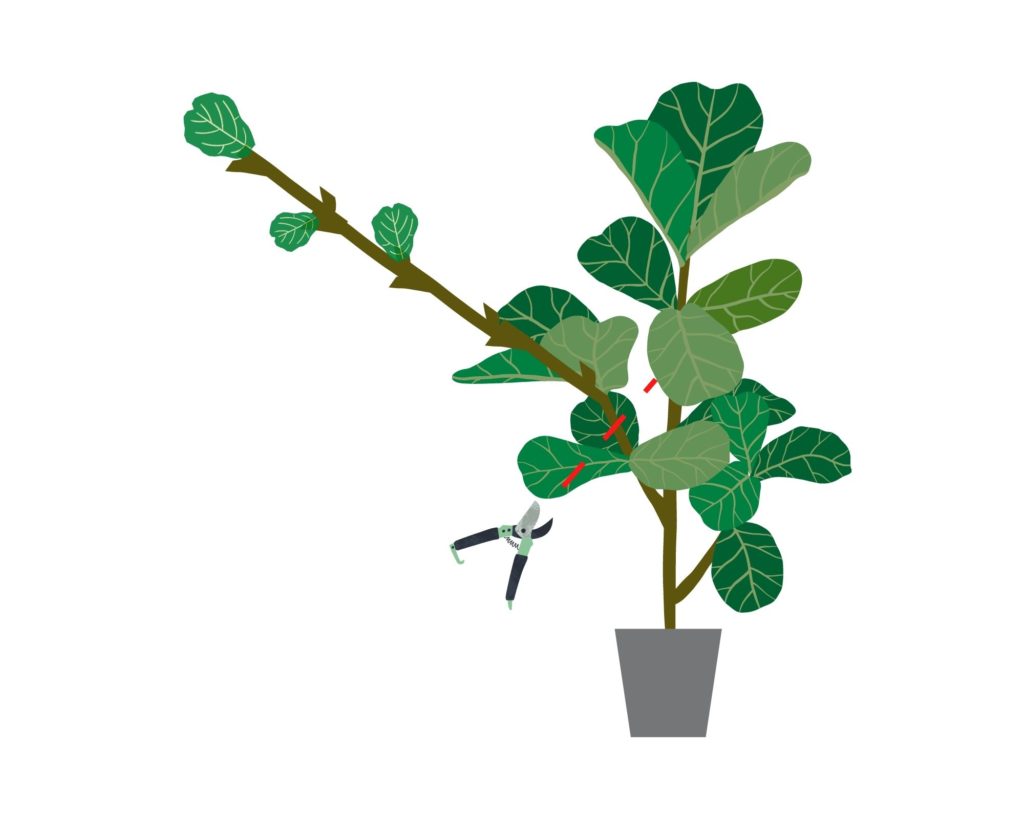
i. Heavy pruning. Cut the entire thin stem back down to where it’s thicker, ensuring the slight nubs called nodes are present for new branches and leaves to develop.
ii. Light trimming. Remove 1/3 of the stem, the leaves, and the small shoot at the end.
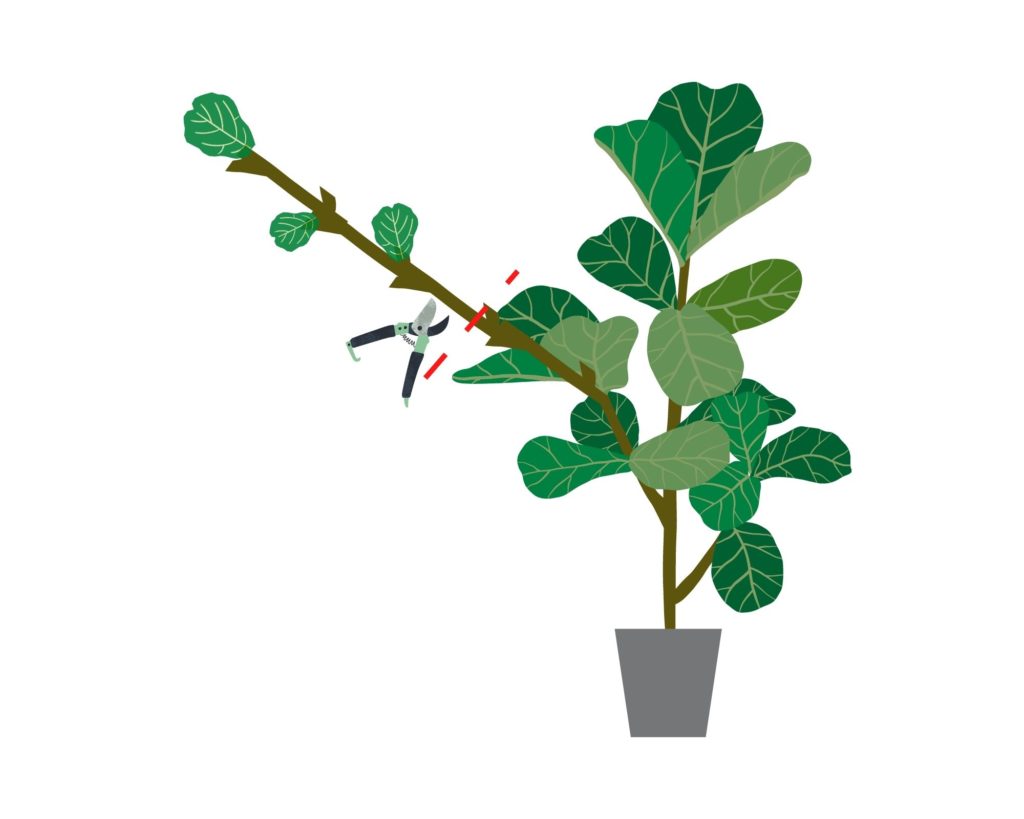
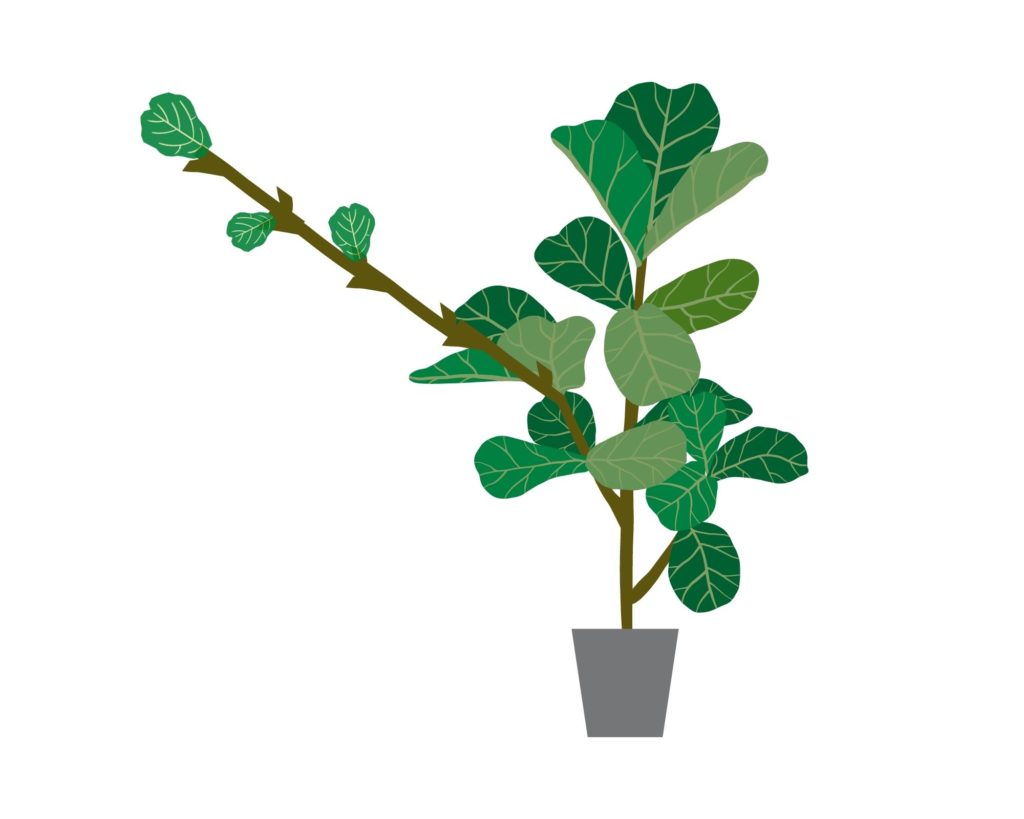
iii. Leave the plant as is. This is self-explanatory and could be the better choice if you don’t mind that one weird, lanky branch. You can try notching it to fill in the gaps on the stem, but it’s not always a guaranteed method. But feel free to try it using the instructions in this article here.

- Place the newly prune/trimmed fiddle leaf fig in a new brighter area with more indirect sun.
Don’t shock the plant by immediately placing it in front of the window. Gradually move it into the indirect light and rotate the plant once a week to ensure all sides of the plant gets some sunlight. If the bottom half is not receiving any sun, place it on top of a stool or table to ensure it does, or you’ll end up with leaf loss at the bottom of the plant.
But if you live in an apartment or there’s generally not much sunlight in your area, getting grow lights is a better alternative for your fiddle leaf fig. It’s reliable, convenient, and won’t scorch your plant’s leaves. I highly recommend getting this BLOOM PLUS LED Grow Light on Amazon, which has a solid average of 4.5 stars and 3,504 ratings. I bought this exact one myself, and it’s done my plants so much good since I got it.
Final Words
With that said, your fiddle leaf fig won’t die of leggy growth. It’s just asking for a little more light and extra care from you. When done right, it’ll recover just fine. Happy planting!
References:
https://ucanr.edu/blogs/blogcore/postdetail.cfm?postnum=46029


